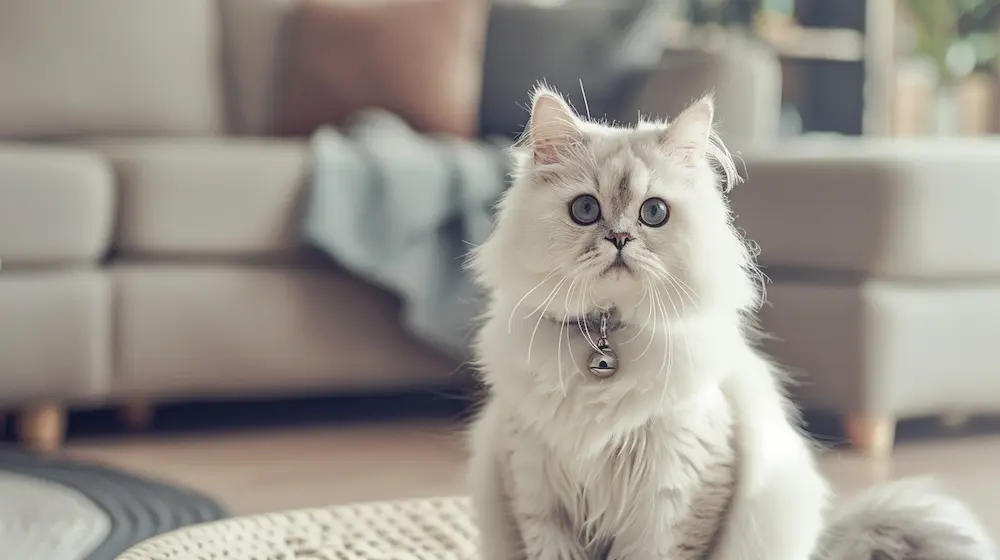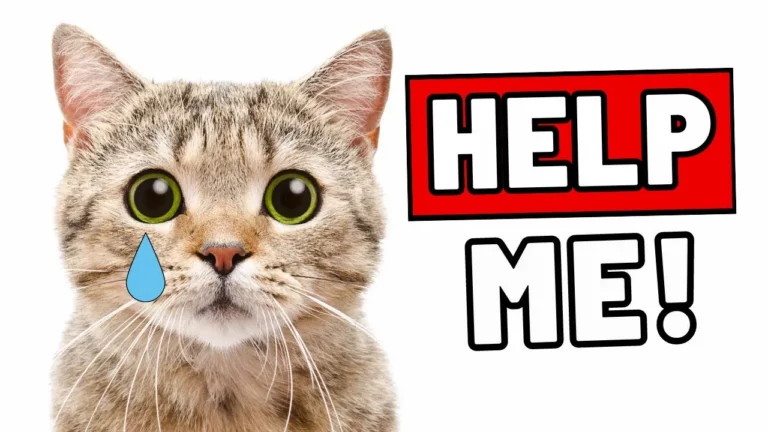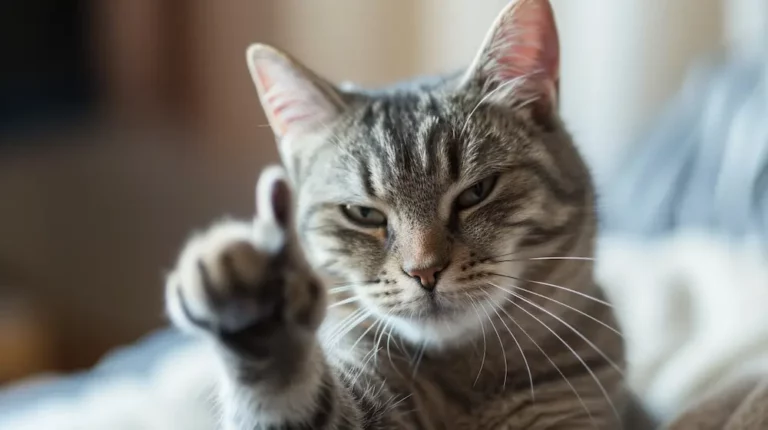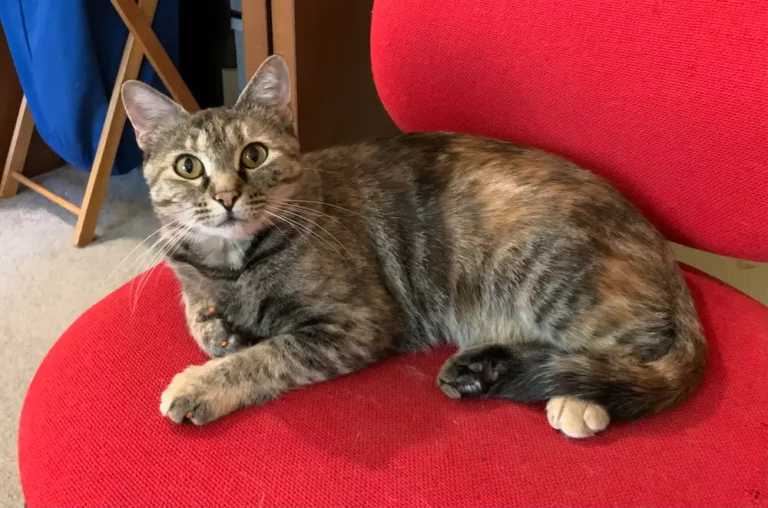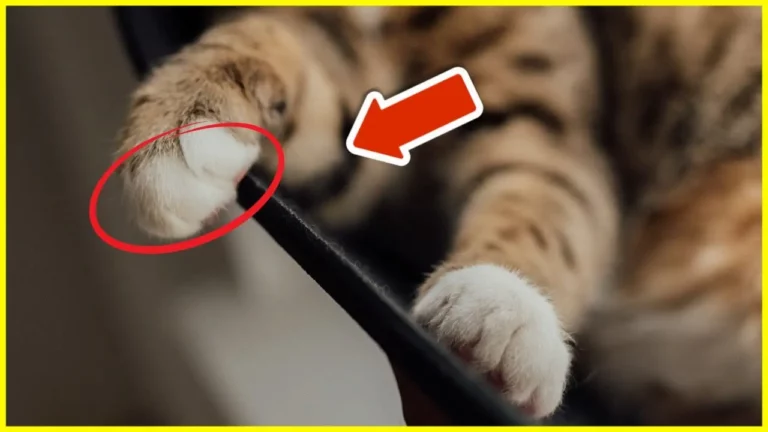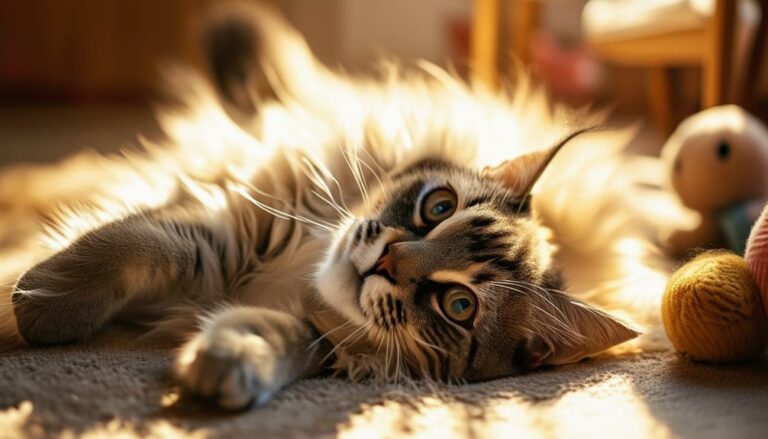Does My Indoor Cat Need A Collar? A Veterinarian Reveals An Unexpected Answer
You might think your indoor
Collars aren’t just for outdoor adventurers; they offer crucial identification and safety benefits even for cats that never step outside.
Imagine the relief of knowing your
But that’s not all—there’s more to contemplate when it comes to your
Stick around to uncover the unexpected advantages and learn why your indoor
Importance of Collars
Collars are crucial for pet identification, guaranteeing that your
When a pet wears a collar, it signals to others that they’re owned and loved, making them more approachable.
Collars are especially vital because they provide immediate identification, unlike microchips, which require special equipment to read.
Even if your
It’s a simple yet effective way to secure their safety and your peace of mind. So, don’t underestimate the significance of having a collar on your indoor
Comfort and Safety
Prioritizing your pet’s comfort and safety should be a priority when selecting a collar.
Choose a collar made from soft, lightweight materials that won’t irritate your
Padding can add extra comfort, and an adjustable fit ensures it’s neither too tight nor too loose. A properly fitted collar allows you to slide two fingers between the collar and your
Harnesses are excellent alternatives, offering more control and distributing pressure evenly.
Always remove wet collars to prevent skin irritation.
Regularly inspect the collar for wear and tear, replacing it as needed. If your
Prioritizing comfort and safety makes collar use beneficial.
Health Considerations
Your
Some cats have medical conditions that can be aggravated by wearing a collar. If your
Wet collars can lead to skin irritations and infections, so make sure they stay dry. Consult your vet if you’re unsure about your
Regularly checking the fit and condition of the collar also helps maintain your
Benefits for Indoor Cats
Even if your
Collars with ID tags make it easy for anyone to identify your
They also signal to others that your pet isn’t a stray, making them more approachable.
Here’s a quick comparison of key benefits:
| Benefit | Description |
|---|---|
| Immediate ID | Easy for anyone to identify and contact you |
| Signals Ownership | Shows your |
| Increased Return Rate | Boosts chances of a safe return if your |
Alternatives and Maintenance
Harnesses provide a comfortable and secure alternative to traditional collars for your
They distribute pressure more evenly, reducing the risk of injury.
If you opt for a collar, make sure it fits properly—snug but not tight. Check it regularly for wear and tear, adjusting as needed. Remove wet collars immediately to avoid skin irritation or infections.
Simple collars with clear ID tags work well, offering quick identification without high-tech gadgets. Always consult your vet if your
Regular maintenance, combined with these alternatives, guarantees your
Conclusion
To sum up, don’t underestimate the importance of a collar for your indoor
With today’s comfortable and adjustable options, your
So, for peace of mind and your
